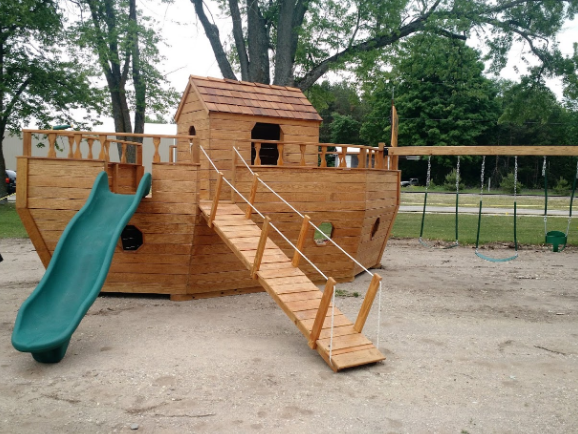Emphasis on Eco-Friendly Materials
Recent advancements in wooden playground equipment highlight a significant shift towards sustainability. The use of eco-friendly materials such as certified sustainable wood has become a priority. Reports indicate that over 65% of new playground installations have adopted environmentally friendly wood types, such as bamboo and recycled wood products. This trend not only supports environmental sustainability but also appeals to communities aiming to reduce their carbon footprint.
Innovative Design Integration
Designers are pushing the boundaries by integrating innovative features that enhance both aesthetic appeal and functionality. The incorporation of modular designs allows for customizable playgrounds that can be adapted to fit different spaces and user needs. These innovative structures often include interactive elements like climbing walls, balance beams, and sensory boards, designed to stimulate cognitive and physical development in children.
Enhanced Safety Features
Safety remains a paramount concern, driving advancements in the wooden playground equipment sector. Manufacturers are increasingly utilizing non-toxic, water-based sealants to protect the wood from weather elements and ensure a safer play environment for children. The introduction of softer, rounded edges and the use of splinter-resistant wood types has decreased the risk of injuries, promoting a safer play space for children of all ages.

Integration of Educational Elements
Educational components are being more frequently integrated into playground designs. These elements, such as weather stations, sundials, and growth charts, are crafted to provide an interactive learning environment. The inclusion of educational tools not only enriches the play experience but also helps children develop a deeper understanding of the world around them.
Technological Enhancements
The use of technology in wooden playground equipment has seen a considerable increase. Elements like QR codes embedded in play structures provide parents and educators with insights into the play features and offer educational content that can be updated regularly. Additionally, augmented reality (AR) features are being tested to create immersive play experiences that blend physical play with digital enhancements.
